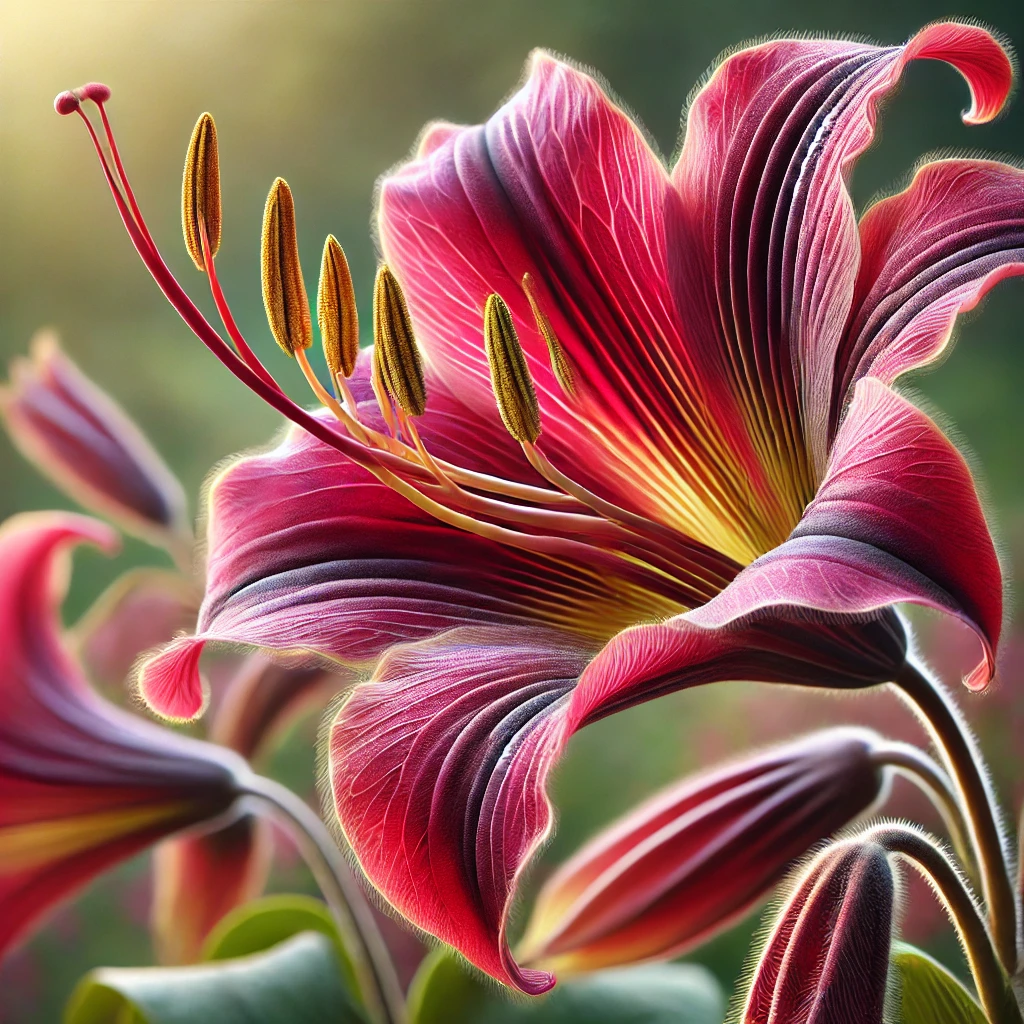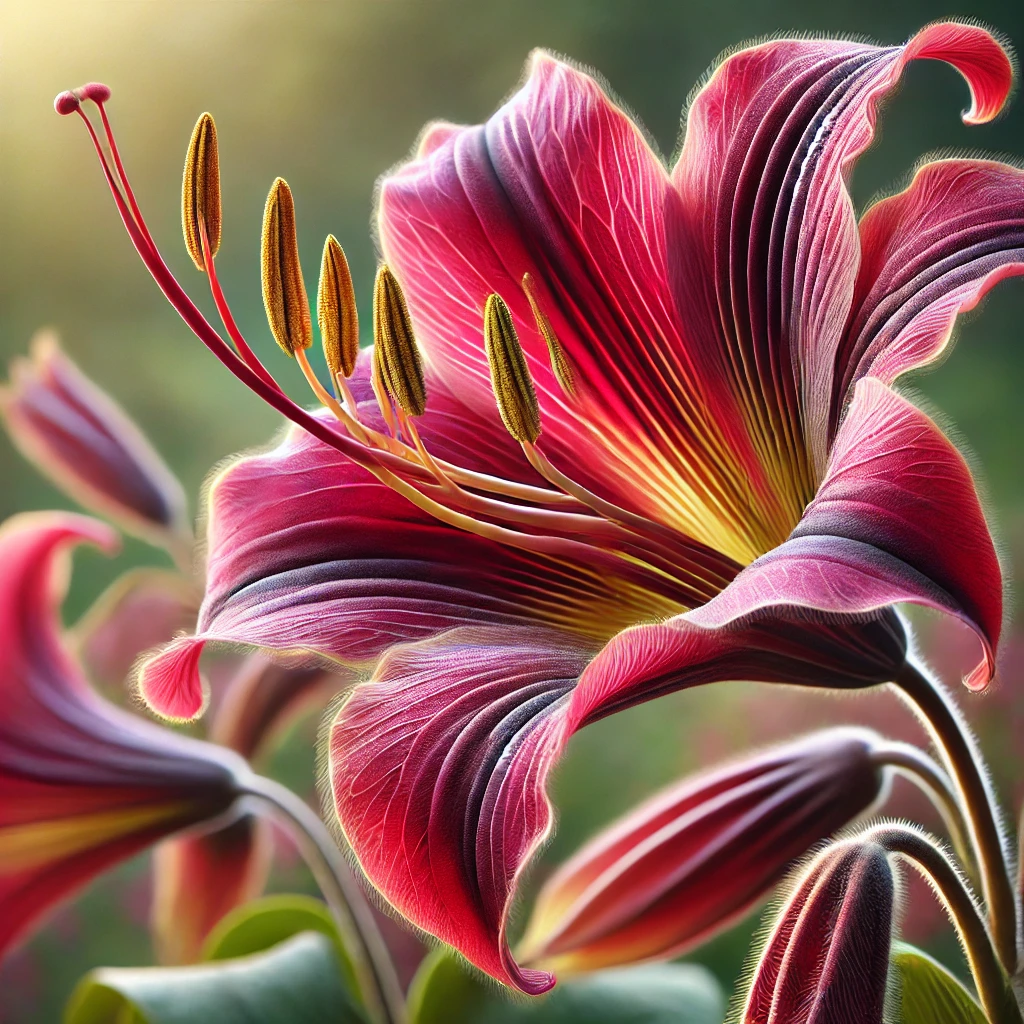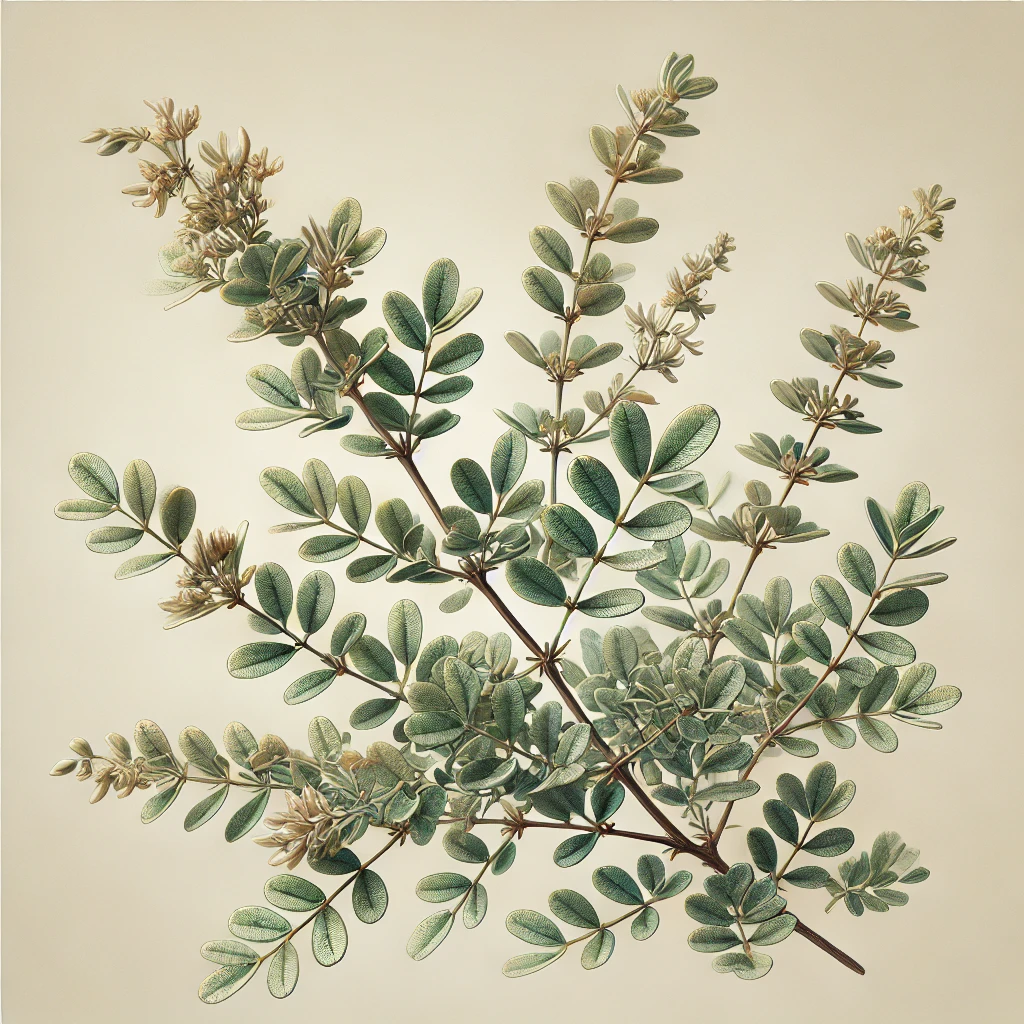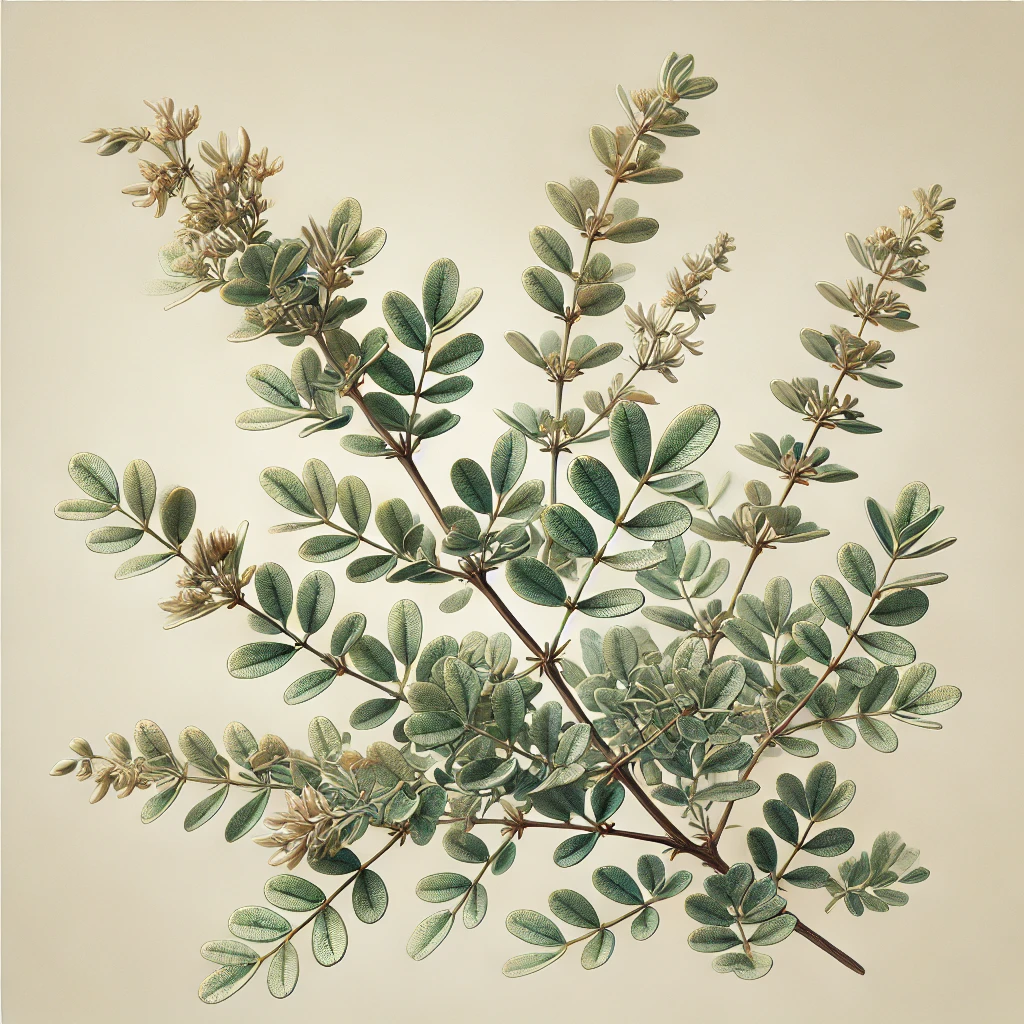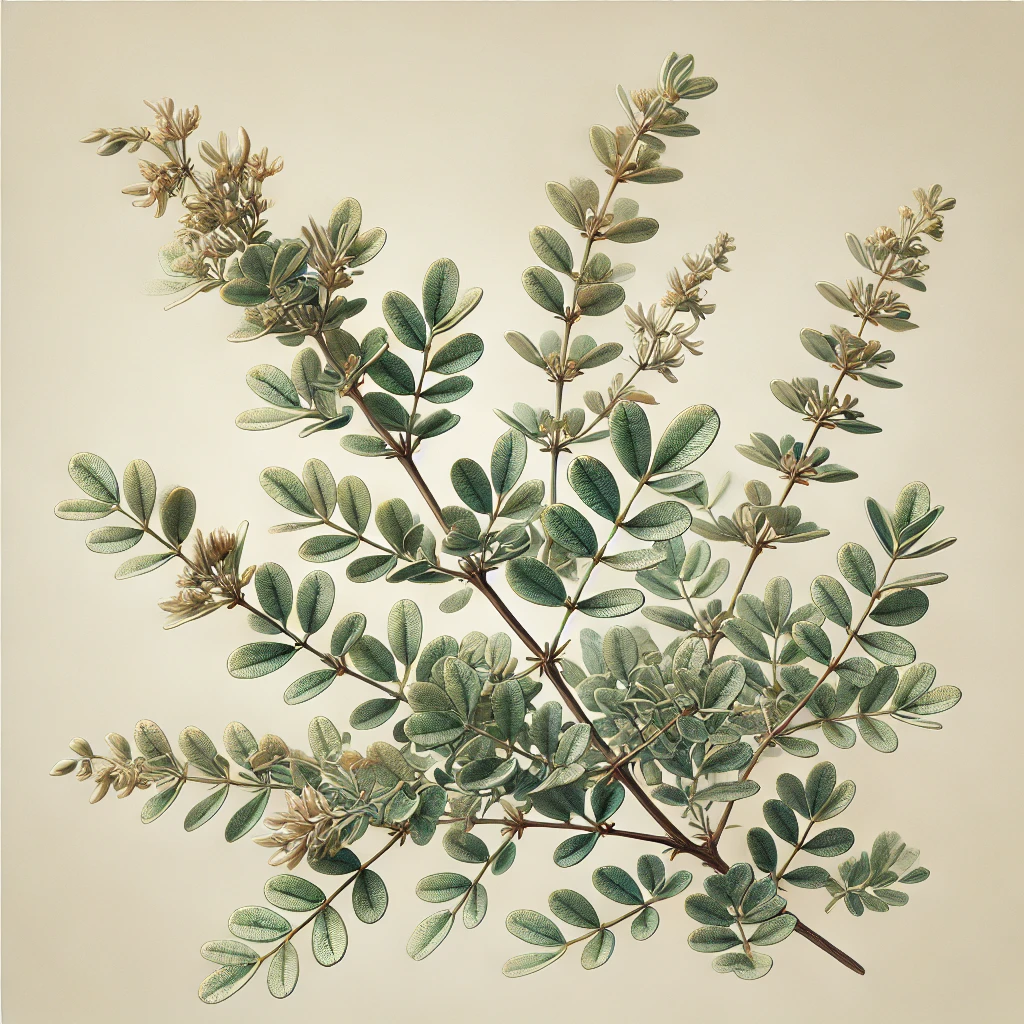The bulbs are large (4–7 cm in diameter), growing several on a vertical rhizome; the basal leaves are 7–10 in number, arranged in a two-row rosette, linear, 20–35 cm in length, 2–3 cm in width. The leaves appear in spring, but wither in summer after 1–2 months. In August, a leafless flower stalk develops, bearing an umbel with 4–7 flowers. The flowers are slightly irregular, yellowish or yellow-pink, with a pink-purple stripe on the inner side. This plant is endemic, found in the mountains of Uzbekistan and Tajikistan at altitudes of 800–2500 m. Alkaloids can be isolated from the bulbs and leaves.
The bulbs contain 0.8–0.9% alkaloids, the roots 2.25%, and the leaves 0.33–1%. Several alkaloids have been identified; galantamine is found in the leaves up to 0.2%, and is present in larger amounts in the bulbs and roots, but the predominant alkaloid is lycorine.
Industry obtains galantamine from the leaves of Ungernea Victoris. Other species of Ungernia are richer in lycorine, and industry extracts this alkaloid also from the leaves of Ungernea trisphaera Bge, which contains up to 0.6% lycorine, or from the leaves and bulbs of Ungernea Severzovii (Rd 1.) V. Fedtsch., which contains 0.45% lycorine in the leaves and 0.38% in the bulbs. This species is widely spread in the Tashkent region and southern Kazakhstan. The flowers are red, and the bulb diameter is 7 cm. Ungernea trisphaera has pink flowers and very large bulbs, approximately 12 cm in diameter. It grows in the mountainous areas of Turkmenistan. Additionally, lycorine can be extracted from cultivated narcissus species or from wild narcissus, such as the Narcissus tazetta L. (found in Uzbekistan), which contains 0.13% lycorine in the leaves.
Lycorine, after experimental and clinical studies, has been suggested as an expectorant, promoting increased mucus secretion. It is recommended for acute pneumonia, severe bronchitis, and bronchiectasis. The dosage is 0.1–0.2 mg in tablets, three times a day. Larger doses may cause vomiting.

